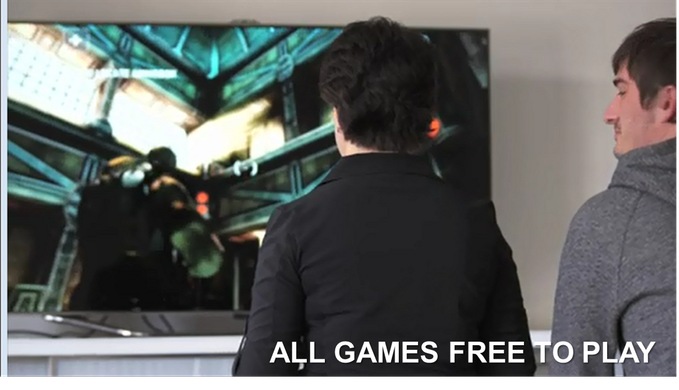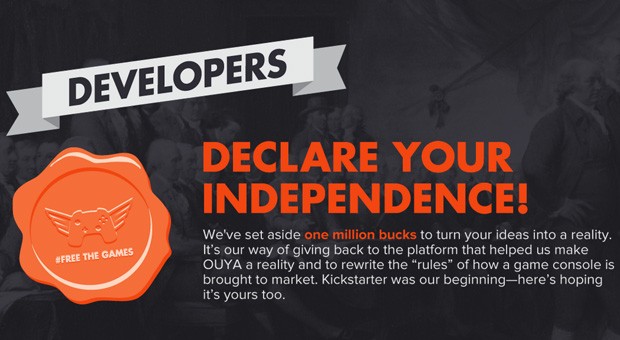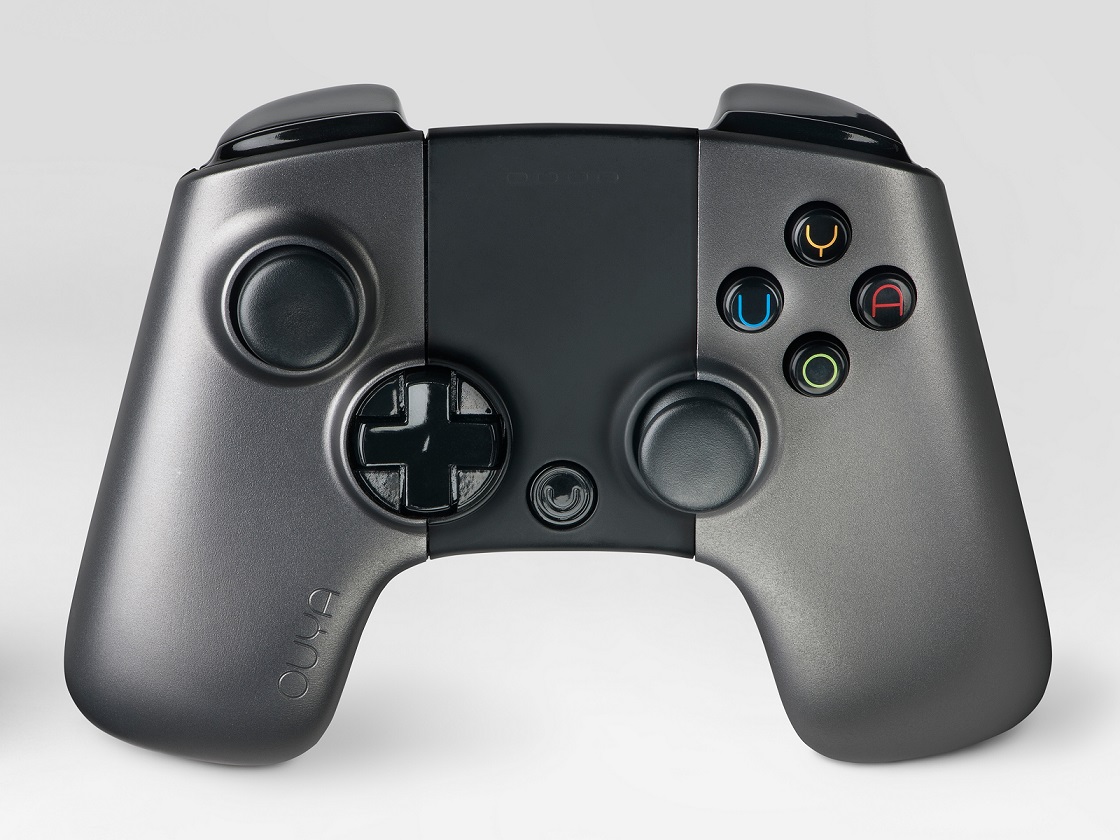Fun fact: this episode of CAT was originally 30 minutes long. You’re welcome.
The Ouya is one of the most interesting things to happen in gaming, let alone Kickstarter or crowdfunding. If someone were to tell you an indie game focused console would hit the market, originally funded through a record-breaking crowdfunding campaign just a year before the Ouya’s Kickstarter, you would have thought they’d gone crazy. But that’s exactly what happened.
The idea of it is so absurd on every level. Yet somehow, all the pieces aligned and the Ouya was created. Granted it was an astronomical failure, but it was a hell of a show.
The Ouya is the first thing featured in this series that I have firsthand experience with. I didn’t back the campaign, but I did pre-order the console not long after its Kickstarter ended. We all know about the Ouya’s many problems (watch the video if you don’t!) but perhaps the systems biggest problem was the customer support behind it. Let me tell you a little story about dealing with Boxer8, later renamed Ouya Inc.
I pre-ordered my Ouya as I said, and it was supposed to arrive the day it hit store shelves. That didn’t happen. So I emailed Ouya Inc. and asked them what was going on. It took them a month to respond every time I reached out to them, and whenever they finally did, they simply said “we shipped your Ouya already,” or something along those lines. Basically they didn’t know, nor care, where my order was.
I eventually posted a video on my personal Youtube channel detailing the situation, showing all the emails and the many negative stories about Ouya at the time. It turned out to be my first video that surpassed 1,000 views, and although it had a mixed reception, it got the job done. I received an email from Ouya a week later – of their own volition – that told me they had finally shipped my Ouya, despite telling me they had already done so. I didn’t get my Ouya until three months after its release.
Unfortunately I didn’t keep the video, embarrassed by what I thought was childish behavior. I didn’t keep the emails either, because why would I?
The unit itself was a mixed bag to put it lightly.
I know playing mobile games on the TV was a big selling point behind it, but so was it being an indie machine. I didn’t have a great computer at the time, and I couldn’t help but get caught up in the excitement. Development was supposedly easier for it than other platforms at the time, which I thought would lead to better games. You have to remember this was before the Unity engine caught on and other game engines were being offered for free like Unreal 4.
However the marketplace was barren. There wasn’t much there, and most of it was pure garbage; imported filth from the android marketplace. Most everything was a total rip-off of other popular games like Gears of War and Uncharted, or were games that felt more like a prototype than a finished product. As mentioned in the episode, only two games were exclusive for it. One was TowerFall and was great, but was later ported to other systems. The other was Soul Fjord, a mediocre action rhythm game whose developer went bankrupt not long after its release.
Both the hardware and the software were of low quality. The console always felt like it was about to shatter whenever you pressed the power button, and the HDMI cord in the back was so much heavier than the unit, it made the little box lean upwards at an angle. The user interface was a mix of the Xbox 360 dashboard and Playstation 3 XMB, but slower and less responsive. It was also difficult to find specific games in the market, as all the categories were set up with no rhyme or reason.
The much hyped controller was the most disappointing part. Ergonomically it felt great. It was the best controller I ever held in my hands, save for maybe the Dreamcast. It fit so perfectly in your hands that your fingers and thumbs naturally sat on the buttons as they should. The problem was, again, the build quality, which was dreadful. Just like the console it felt like it was going to fall apart at any moment. Everything about it felt cheap, from inaccurate analog sticks, to buttons that got stuck under the face-plates, to the triggers that felt like squeezing year old marshmallows. Worst of all was the D-Pad, which had corners so sharp it cut me to the point that it broke skin once.
The Ouya wasn’t very good is what I’m trying to say, and I sold it after only four or five months. You can hear about the history behind – and ahead – of the system in this week’s episode of Crowdfunding Analysis Time.







The OUYA was destined to be a failure from the day it was announced.
Tough to argue with that. I never understood why people got so excited over an Android powered console that wasn’t mobile.
[…] remember the Ouya, don’t you? Of course you do. It caused quite a commotion just a few years ago. Following the success of Ouya, it was only a matter of time before some copycat came along and […]